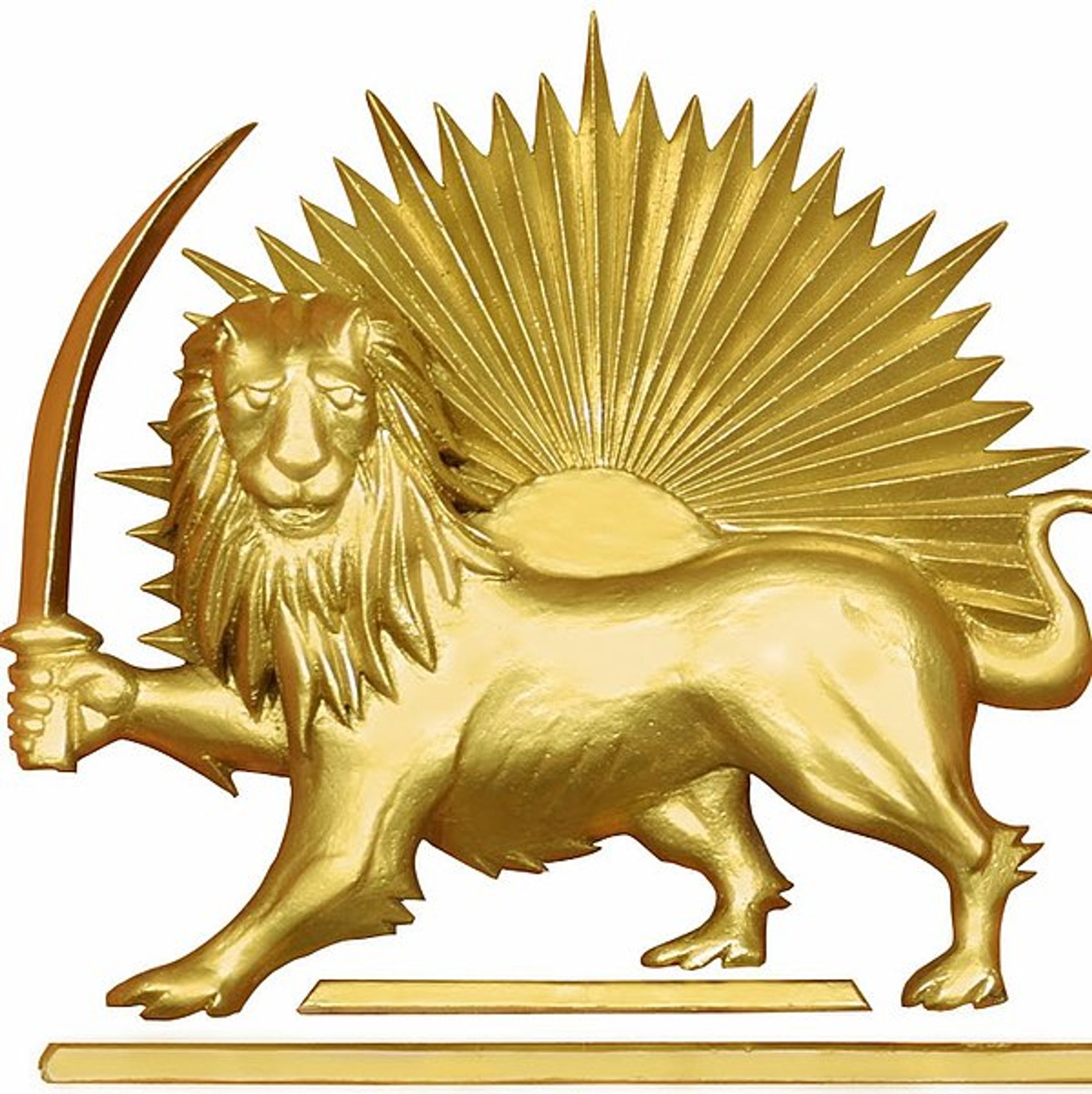
National Council of Resistance of Iran
Summary
In the American media landscape, the National Council of Resistance of Iran (NCRI) is often perceived as a controversial entity. On one hand, some segments, particularly those aligned with conservative viewpoints, portray the NCRI as a legitimate resistance movement with the potential to facilitate change in Iran, emphasizing the support of the Iranian diaspora and the organization’s plans for a democratic future. However, other voices, especially those critical of U.S. interventionist policies, label the NCRI as a discredited group that propagates hoaxes and serves as a pawn for external political agendas. This duality reflects a broader skepticism towards foreign-backed movements and highlights significant distrust regarding the NCRI's motivations and effectiveness.
Source Analysis
The analysis of sources reveals a stark divide in the perception of the NCRI. Conservative platforms like 'The Sean Hannity Show' and 'Larry Kudlow Show' present the NCRI in a favorable light, framing it as a legitimate force for change that deserves U.S. support. In contrast, podcasts like 'The Tucker Carlson Show' and 'Lex Fridman Podcast' cast doubt on the NCRI's credibility, portraying it as a group that disseminates fabricated information and serves as a tool for U.S. intervention. The critical discussions primarily focus on the NCRI's connections to neoconservative agendas and its alleged role in promoting war narratives.
Trending Topics
The discussions around the NCRI increasingly focus on the implications of U.S. foreign policy in Iran, the potential for regime change, and the impact of Iranian diaspora activism on American politics.
Why These Topics Are Trending
These topics are trending due to the heightened tensions between the U.S. and Iran, particularly following military actions and ongoing debates about democracy and resistance movements in Iran. The NCRI's role as a focal point in these discussions highlights the complexities of U.S. involvement in Iranian affairs and the varying perceptions of the legitimacy of groups seeking to challenge the current regime.
Sentiment Breakdown:
Detailed breakdown of public sentiment and conversations about this company.
Impact vs Sentiment
See how each entity's high impact percentage relates to their positive sentiment percentage from actual mentions.
